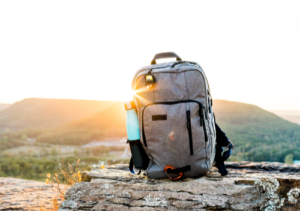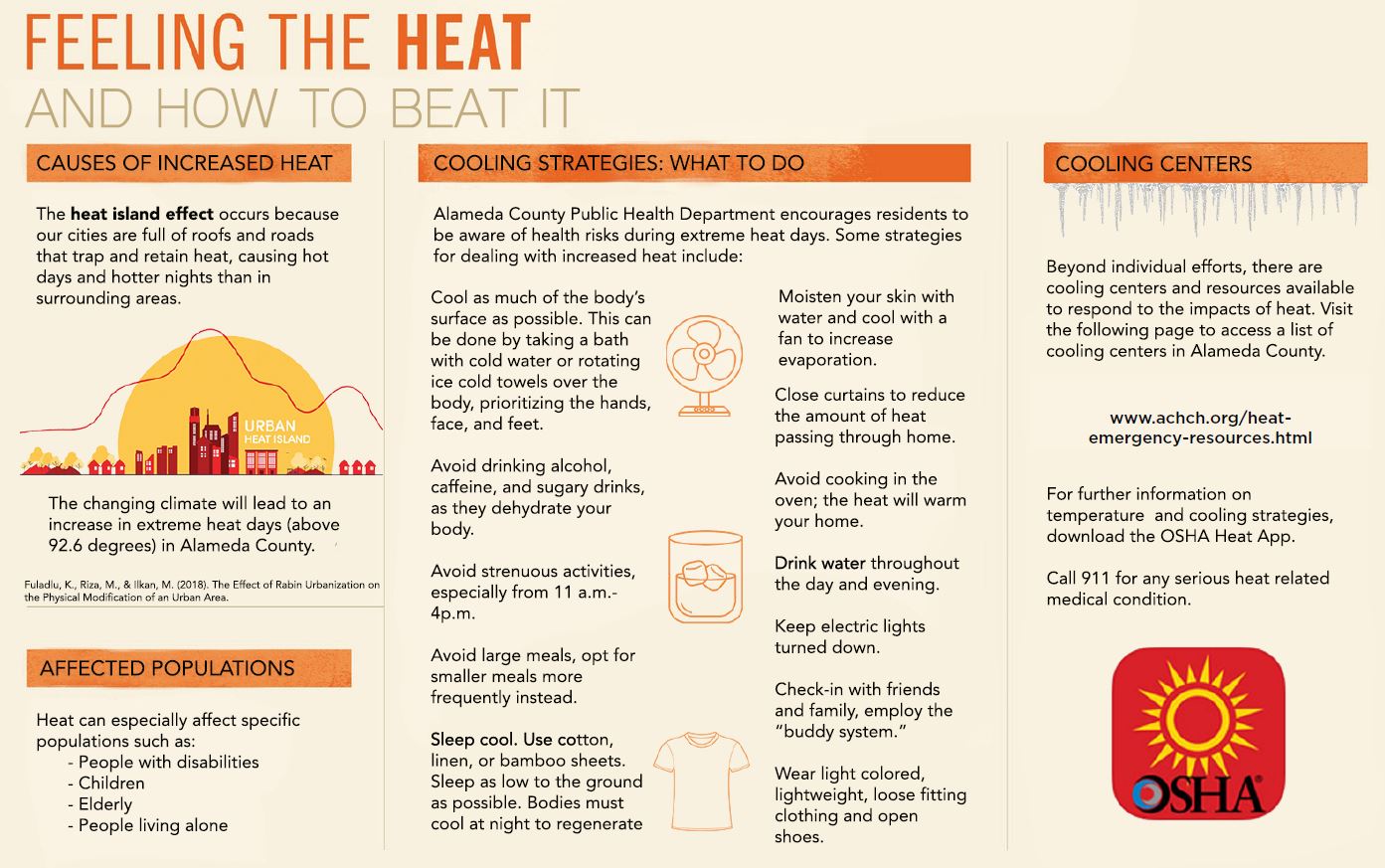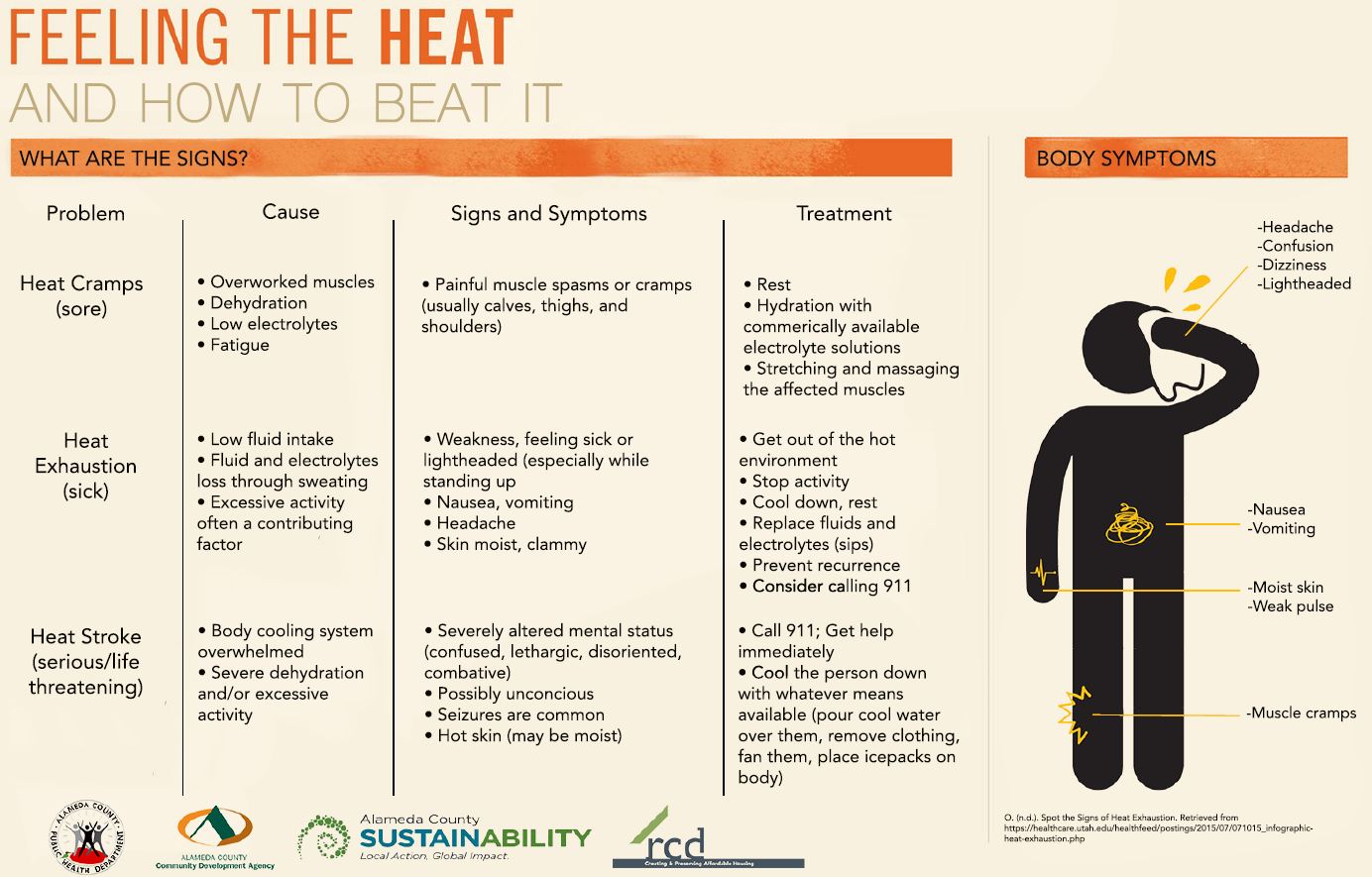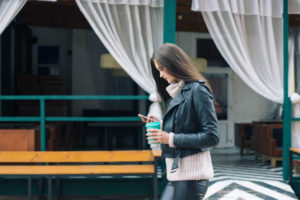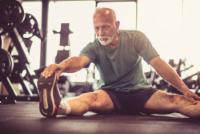Ask Mr. Pedometer and Friends…
April 24, 2019
Q: Mr. Pedometer, I have a dear friend whose “social drinking” has gotten out of control. Any tips on friendly advice I might offer?
A: April is Alcohol Awareness month, sponsored by the National Council on Alcoholism and Drug Dependence (NCADD). Here’s what they offer:
“Drinking too much alcohol increases people’s risk of injuries, violence, drowning, liver disease, and some types of cancer. This April, during Alcohol Awareness Month, NCADD encourages you to educate yourself and your loved ones about the dangers of drinking too much.
“If you are drinking too much, you can improve your health by cutting back or quitting. Here are some strategies to help you cut back or stop drinking:
-
“Limit your drinking to no more than 1 drink a day for women or 2 drinks a day for men.
- “Keep track of how much you drink.

- “Choose a day each week when you will not drink.
- “Don’t drink when you are upset.
- “Limit the amount of alcohol you keep at home.
- “Avoid places where people drink a lot.
- “Make a list of reasons not to drink.
- “If you are concerned about someone else’s drinking, offer to help.”
One of the ways you might help your friend is to copy the above list to share. If health concerns don’t seem to convince your friend to limit alcoholic beverages, perhaps you could remind him/her that reducing drinking alcohol is a great way to lose weight…and save money!
If your friend is unable to stop drinking on his own, below are some things that can help you to help your friend.
Learn All You Can About Alcoholism and Drug Dependence
Utilize the resources we have provided including, Learn About Alcohol, Learn About Drugs and Family Education.
Speak Up and Offer Your Support
Talk to the person about your concerns, and offer your help and support, including your willingness to go with them to get help. Like other chronic diseases, the earlier addiction is treated, the better.
Express Love and Concern
Don’t wait for your loved one to “hit bottom.” You may be met with excuses, denial or anger, but be prepared to respond with specific examples of behavior that has you worried.
Don’t Expect the Person to Stop Without Help
No doubt, you have heard it before — promises to cut down, to stop, but it doesn’t work. Treatment, support, and new coping skills are needed to overcome addiction to alcohol and drugs.
Support Recovery as an Ongoing Process
Once your friend or family member is receiving treatment, or going to meetings, remain involved. While maintaining your own commitment to getting help for yourself, continue to support their participation in ongoing care, meetings and recovery support groups. Continue to show that you are concerned about their successful long-term recovery.
- Don’t Preach: Don’t lecture, threaten, bribe, preach or moralize.
- Don’t Be a Martyr: Avoid emotional appeals that may only increase feelings of guilt and the compulsion to drink or use other drugs.
- Don’t Cover Up, lie or make excuses for them and their behavior.
- Don’t Assume Their Responsibilities: Taking over their responsibilities protects them from the consequences of their behavior.
- Don’t Argue When Using: Arguing with the person when they are using alcohol or drugs is not helpful; at that point they can’t have a rational conversation.
- Don’t Feel Guilty or responsible for their behavior, it’s not your fault.
- Don’t Join Them: Don’t try to keep up with them by drinking or using yourself.
Helping a friend with an addiction is very difficult but you may be the only help they get. Educate yourself and reach out for help from professionals. You could be saving your friends life and the lives of others.
Hope Line
800-622-2255
24hr Affiliate Referral
Hope Help Healing
EAT RIGHT, MOVE MORE, AND SLEEP WELL TO BE WELL.
